From Sept. 25, 2025, to Feb. 8, 2026, the Museum of Cultures in Milan (MUDEC) is offering an exhibition entirely dedicated to Maurits Cornelis Escher (Leeuwarden, 1898 - Laren, 1972), bringing one of the most recognizable artists of the 20th century back to the city after an absence of ten years. The exhibition, entitled M.C. Escher. Between Art and Science, was created in collaboration with the Kunstmuseum Den Haag and with the support of the M.C. Escher Foundation, and is curated by Claudio Bartocci, Paolo Branca and Claudio Salsi, with concept by Judith Kadee of the Dutch museum. The project is promoted by the City of Milan-Cultura and produced by 24 ORE Cultura - Gruppo 24 ORE, with the patronage of the Embassy and Consulate General of the Netherlands in Italy, and the support of Turisanda1924, a travel brand part of Alpitour World. The exhibition is included in the calendar of theMilan Cortina 2026 Cultural Olympiad, a multidisciplinary initiative that will accompany the Winter Olympic and Paralympic Games.
“Escher’s art and science meet in a major exhibition at the Museum of Cultures in Milan,” emphasizes Milan City Councilor for Culture Tommaso Sacchi. “In his works, the great Dutch engraver was able to create an absolutely original visual language fusing geometry, optical illusions and tessellations. The exhibition path highlights how his research developed from diverse cultural influences, including Islamic art, building a bridge between East and West, as well as between intuition and logic, and between art and science.”
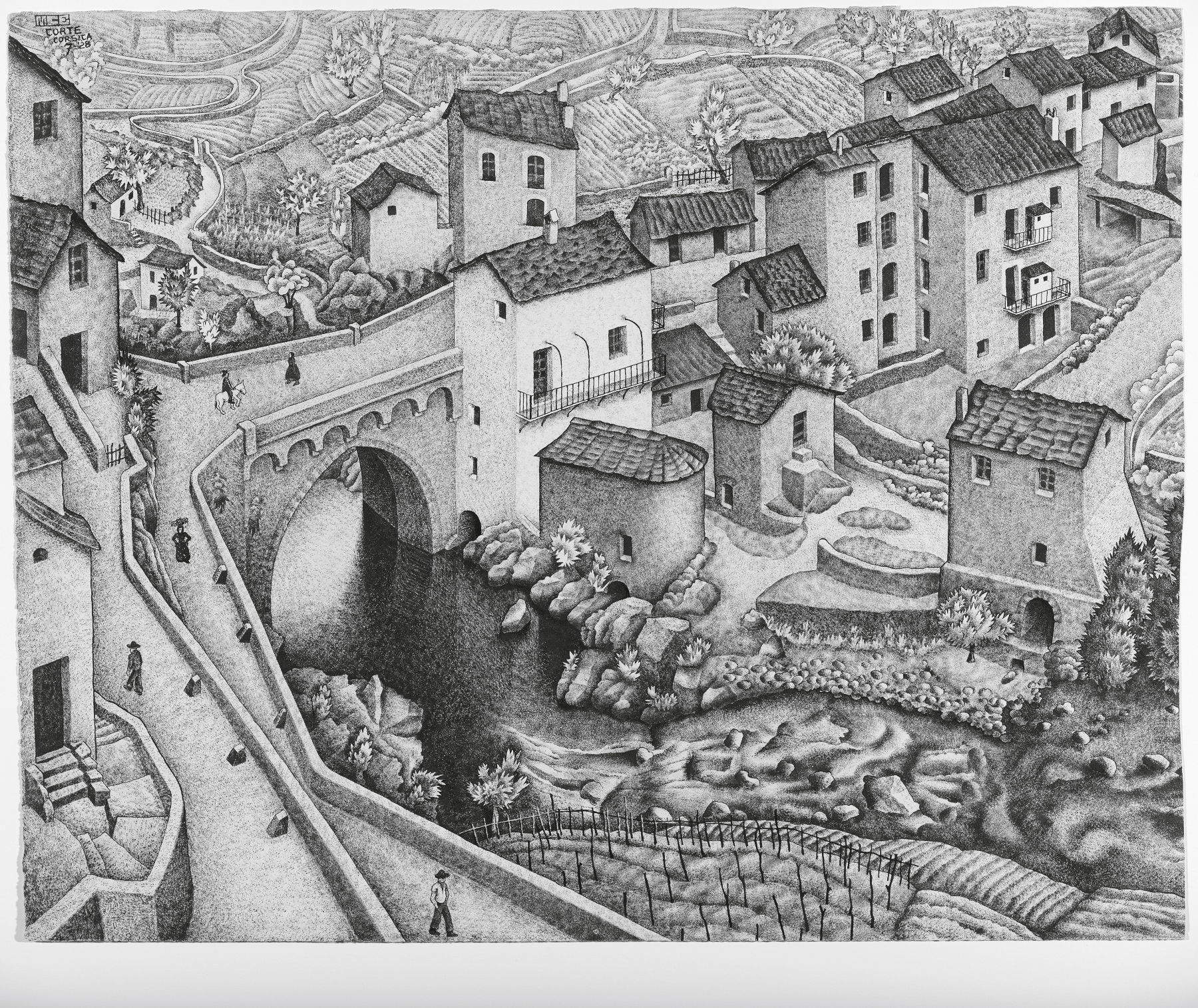
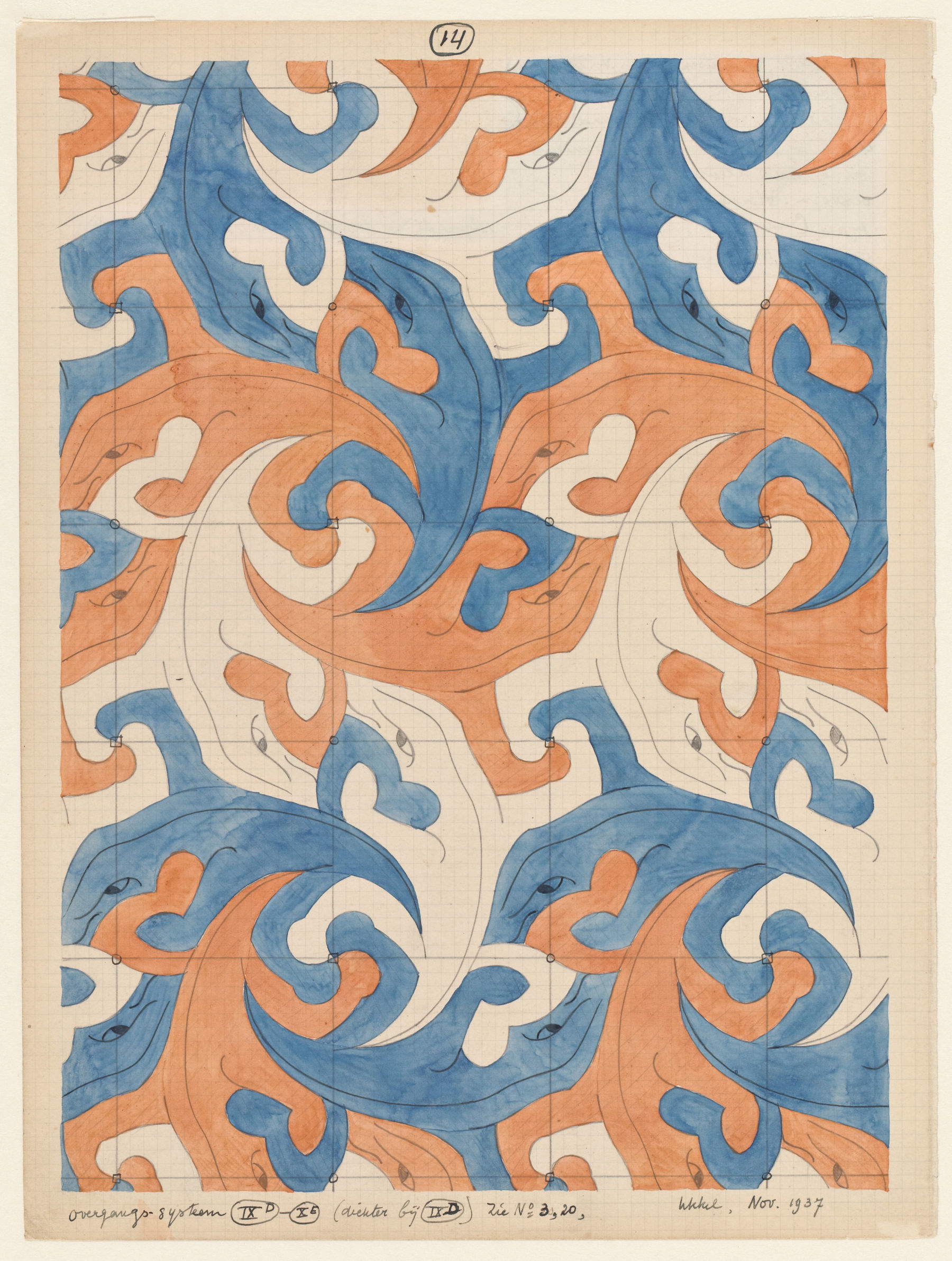
The exhibition offers an in-depth and chronological reading of Escher’s work, highlighting the relationship between art and mathematics and the connection withIslamic art. The artist, known for his impossible constructions, optical illusions and tessellations, developed an original visual language based on perceptual observations and geometric insights rather than formal academic knowledge. In Escher, art and science meet in a rigorous and personal way, creating a common thread that characterizes the entire exhibition. The itinerary highlights the artist’s sources of inspiration, particularly the decorations of theAlhambra in Granada and the Mezquita in Cordova, which profoundly influenced his vision of space and symmetry. The exhibition also highlights how the artist also transferred this visual grammar into commercial production, producing illustrations, book and magazine covers, ex libris, greeting cards, decorative motifs for textiles and wrapping paper, as well as banknote designs. Commissioned works constituted a key experimental ground for Escher to refine his visual language.
The exhibition features about 90 works including etchings, watercolors, woodcuts and lithographs, complemented by more than 40 Islamic objects from the Kunstmuseum Den Haag and museums in Milan, including MUDEC and Castello Sforzesco. The arrangement follows a chronological and thematic path that takes the visitor from hisArt Nouveau-influenced beginnings, through his Italian landscapes and full artistic maturity, to his experiments with tessellations, metamorphic cycles, optical illusions and representations of the infinite.
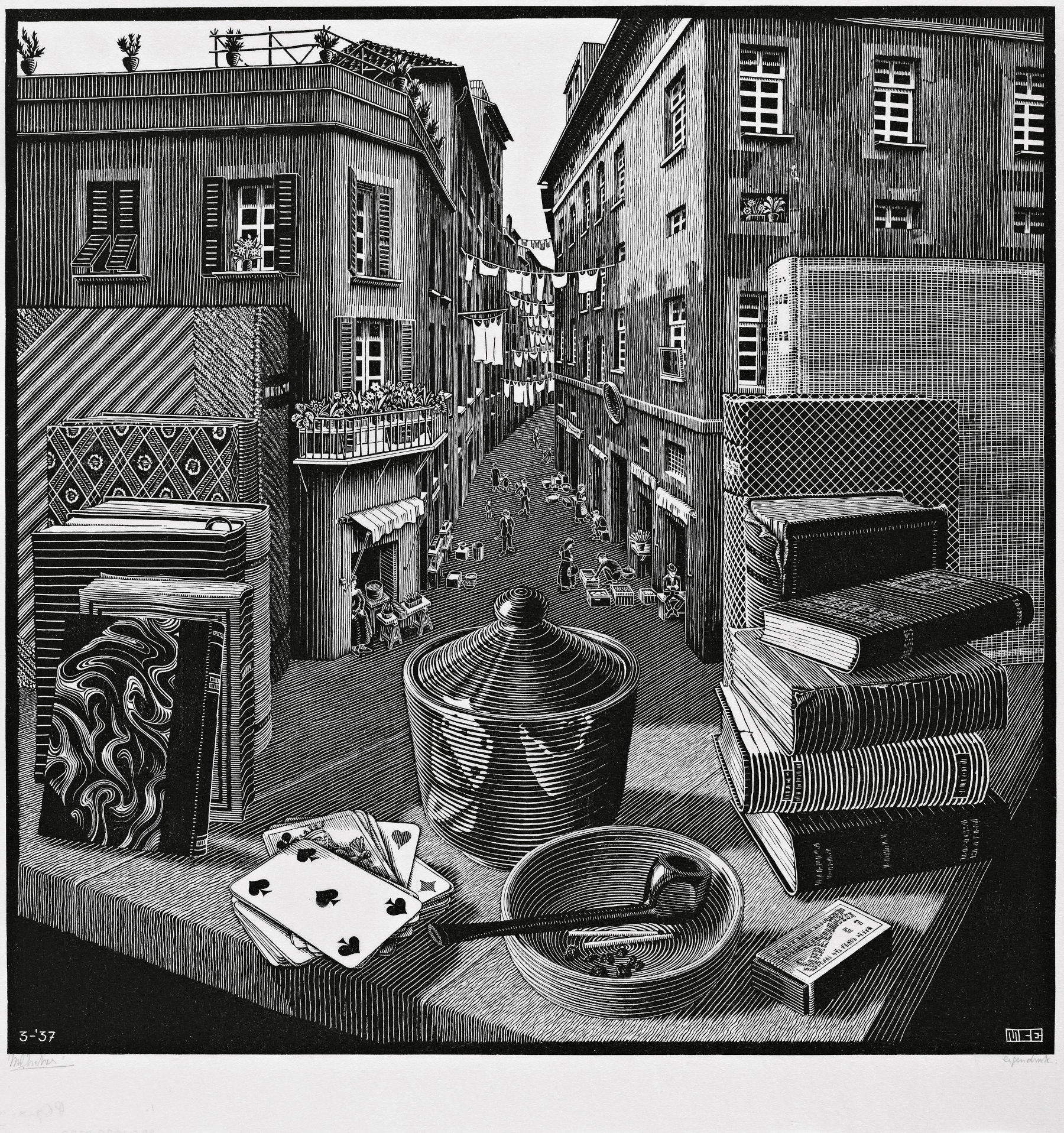
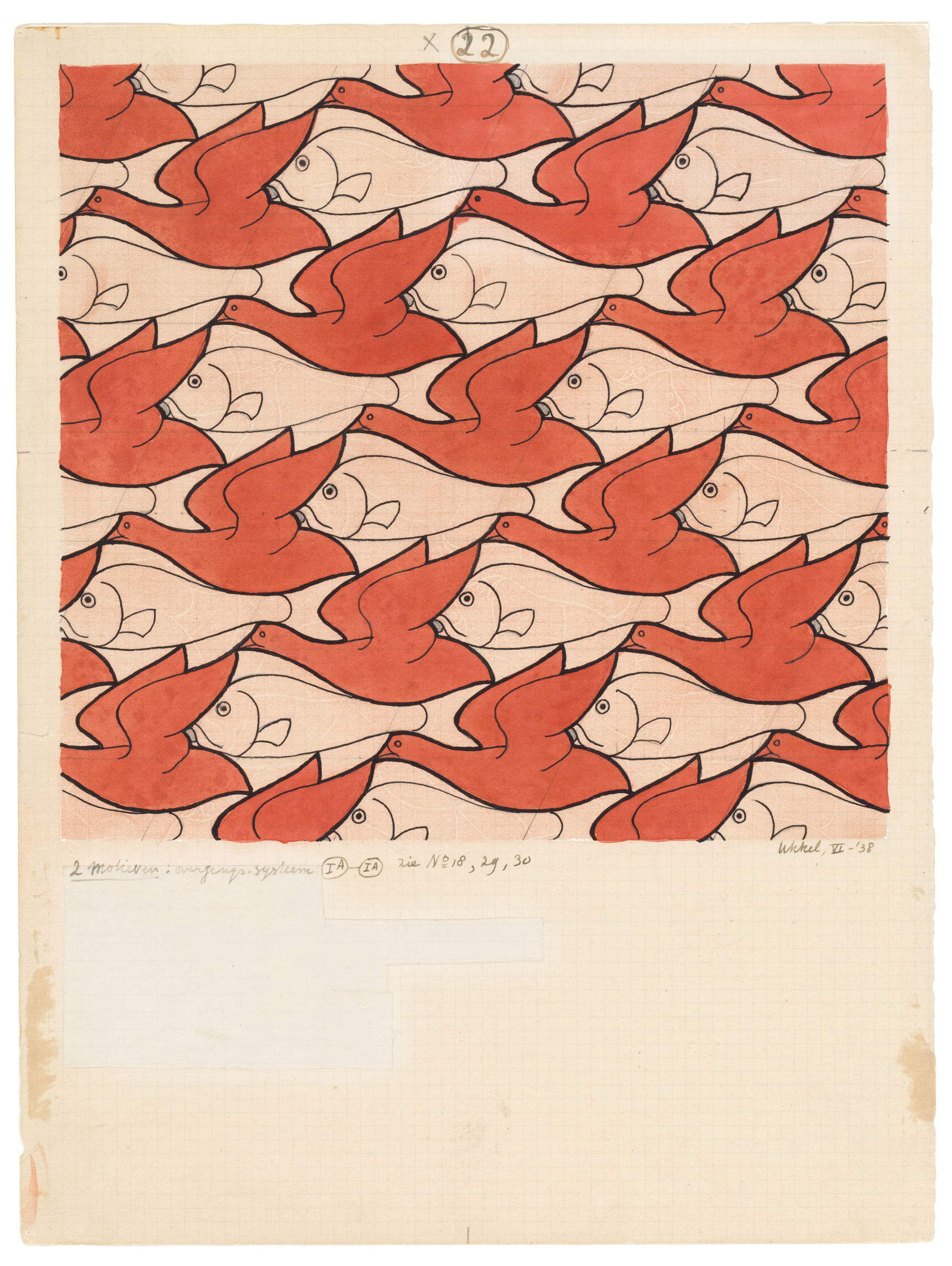
Among the works on display are some fundamental masterpieces, such as Day and Night (1938) and Knights (1946), evidence of his research into regular tessellations of the Euclidean plane and crystallographic groups. A decisive meeting in the artist’s career was with mathematician Harold Scott MacDonald Coxeter in 1954, who provided him with conceptual tools to explore tessellations in the hyperbolic disk and develop the series Limit of the Circle I- IV(1958-1960). This phase marks Escher’s full maturity, in which graphic intuition allows him to visualize complex concepts of symmetry and infinity. The travel section highlights the importance of Escher’s stay in Italy between 1922 and 1935, a period when he observed and transformed hilly landscapes, villages and urban views through a geometric and structural reading. Works from this period, such as Still Life and Road (1937), show a shift from naturalistic representation to surrealistic compositions, anticipating the impossible architectures and visionary geometries of the mature phase. The influence of travels to Spain and Islamic art becomes evident in later works, when Escher develops tessellation as a tool for spatial and compositional investigation.
The exhibition pays special attention to tessellations and patterns: beginning in the mid-1930s, the artist transformed geometric elements into recognizable figures, birds, fish, human beings, combining logic, mathematical intuition and visual aesthetics. The Cycles and Metamorphoses section, on the other hand, documents the evolution of the theme of transformation, with works such as Metamorphosis I (1937) and Metamorphosis II (1939-1940), in which geometric motifs and animated figures follow one another in continuous visual cycles.
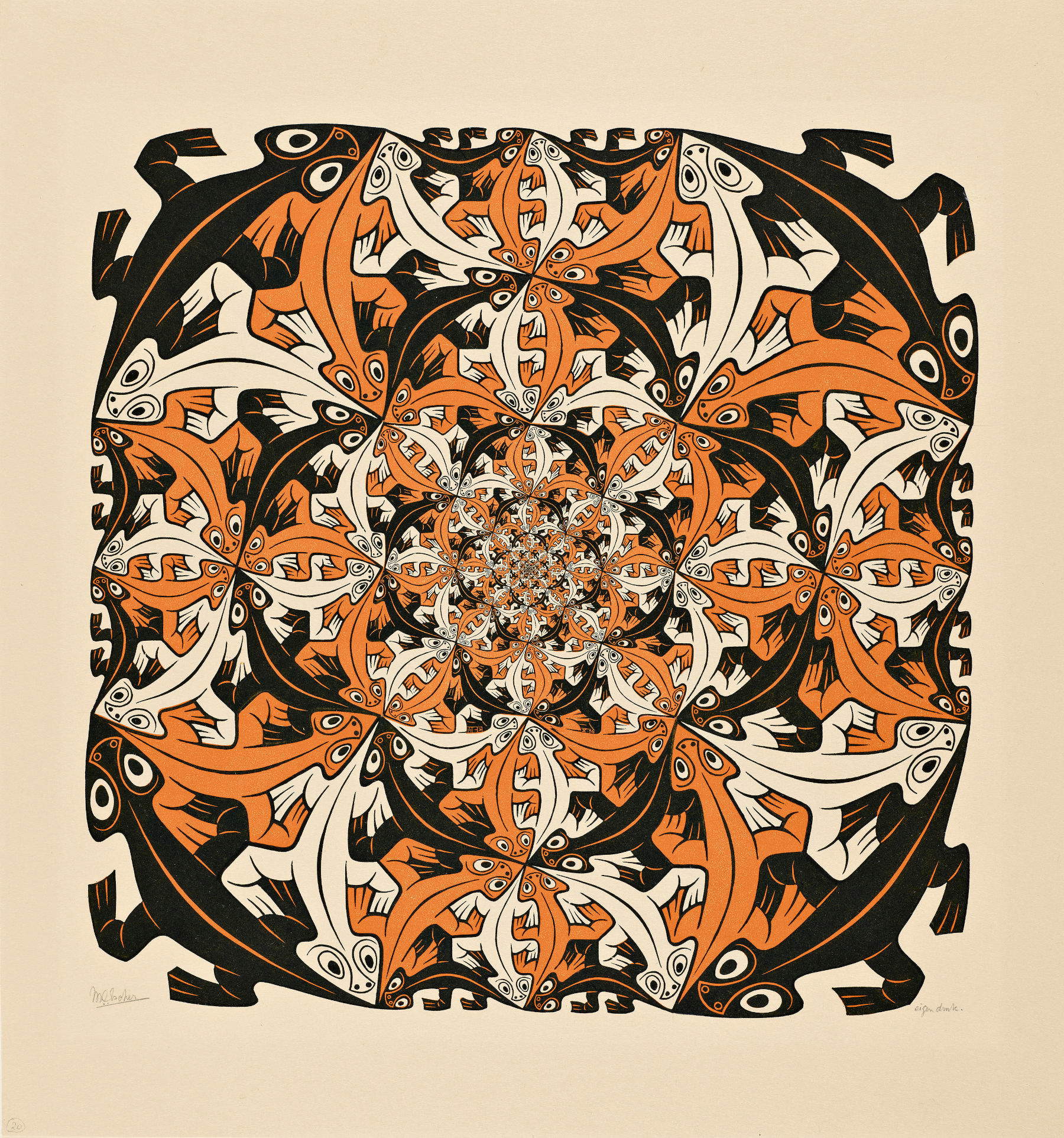
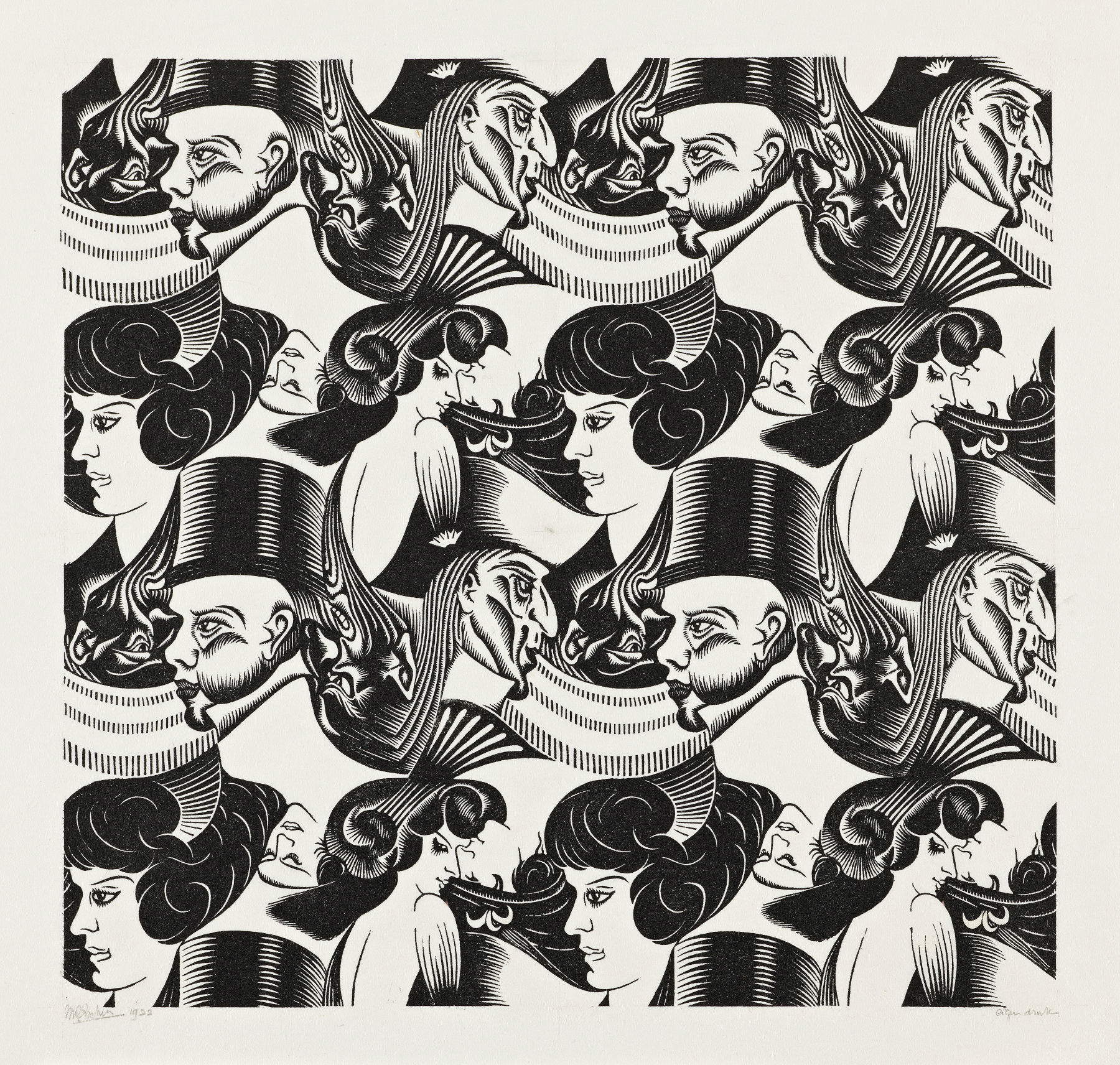
The relationship with mathematics and geometry finds synthesis in later works, in which Escher explores hyperbolic symmetries, self-similarities and topological paradoxes, highlighted by works such as Order and Chaos II (1955) and Nodes (1965). The section devoted to infinity shows hyperbolic tessellations and the series Limit of the Circle, visual manifestations of abstract concepts such as eternity, repetition and infinite succession, achieved without any formal scientific training but through a heuristic and perceptual approach. Alongside the best-known works, the exhibition presents preparatory drawings, watercolors, tessellation studies and archival materials, documenting Escher’s creative process.
The itinerary also includes comparisons with other masters of graphic art, highlighting thematic influences and stylistic affinities that place the artist in a broader cultural context, far removed from the fashions of his time. The exhibition project integrates multimedia installations curated by Maurits Studio, which illustrate tessellations and mathematical concepts through explanatory videos, and concludes with an infinity room, where high-definition animations on hyperbolic tessellations create a kaleidoscopic effect.
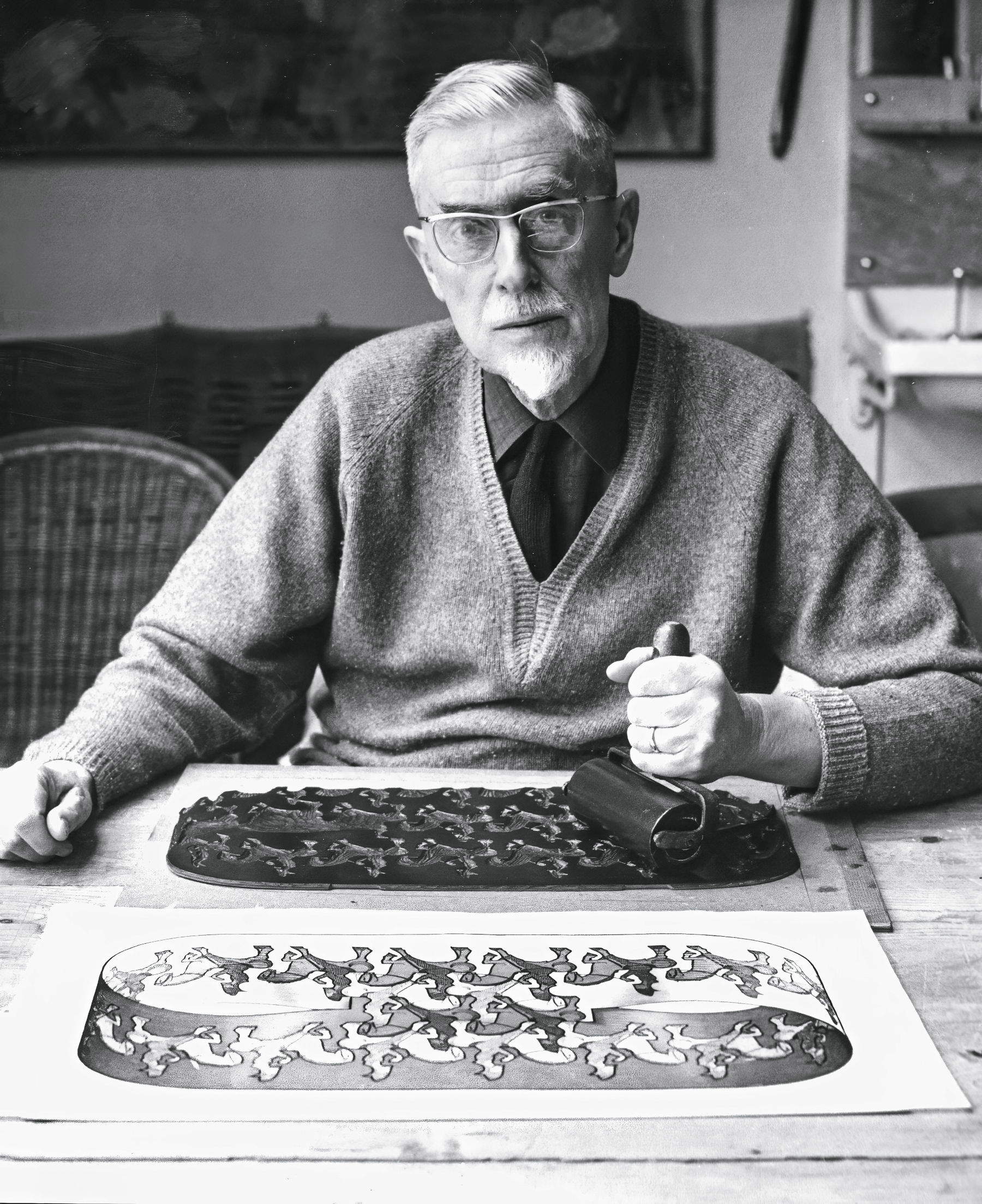
The exhibition’s scientific committee, coordinated by Federico Giudiceandrea and supported by the M.C. Escher Foundation, contributed to the in-depth study of the links with mathematics and Islamic art, while the curatorship of Claudio Bartocci, Paolo Branca and Claudio Salsi allowed for the development of a comprehensive reading of the graphic production and commissioned works. The exhibition, in line with the travel theme promoted by MUDEC in 2025, delves into the role of travel as an experience of knowledge and personal formation, supported by Turisanda1924 and the 24 ORE Group. The exhibition catalog, published by 24 ORE Cultura, is available at the MUDEC bookshop, in bookstores and online. The exhibition is open Monday through Friday from 10 a.m. to 5 p.m. (Monday opening 2:30 p.m.), with extended hours Thursday and Saturday until 10:30 p.m. The full-price ticket is 16 euros, reduced price 14 euros, with the ticket office closing one hour before the museum closes.
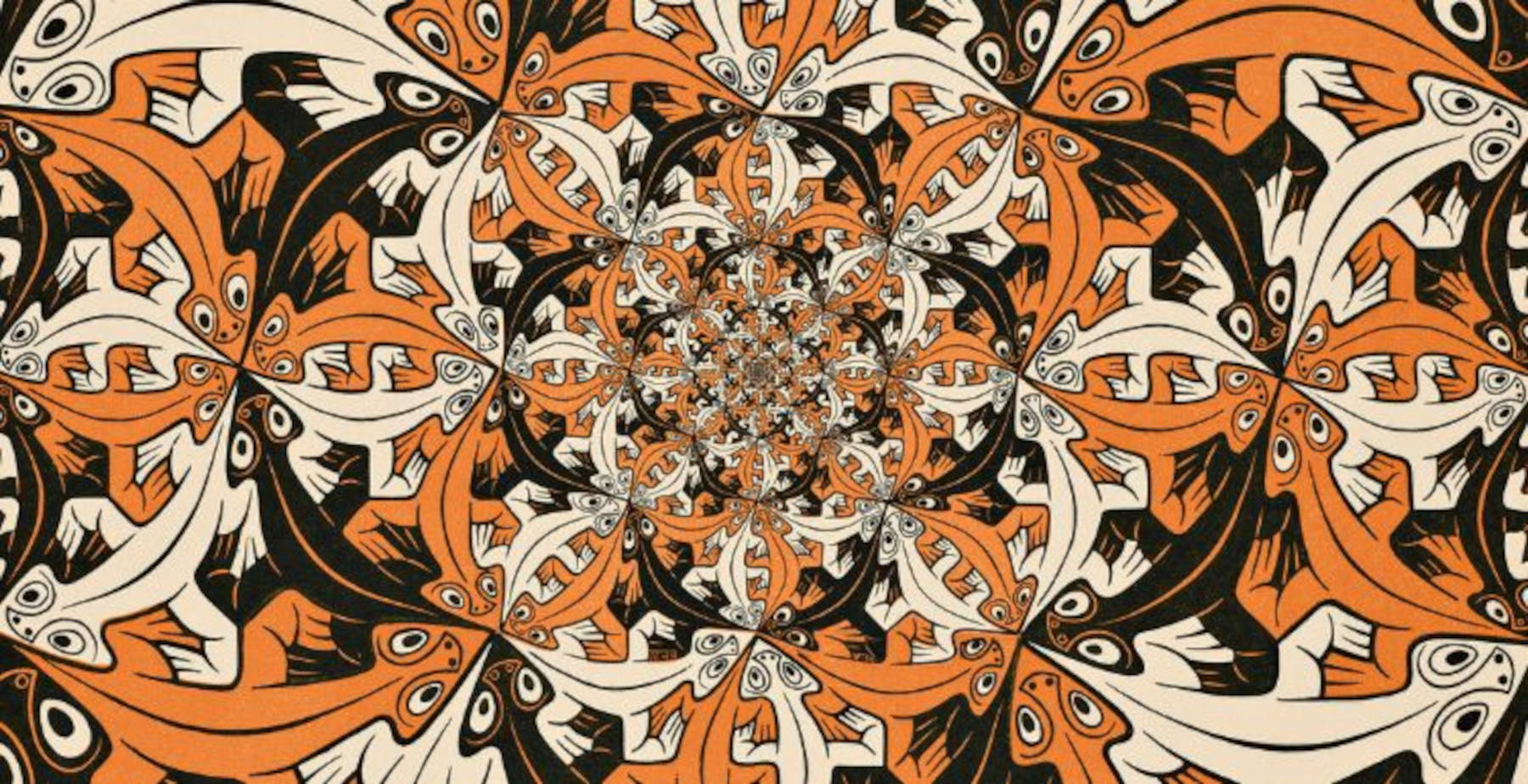 |
| Mudec in Milan hosts an exhibition exploring the evolution of Escher |
Warning: the translation into English of the original Italian article was created using automatic tools. We undertake to review all articles, but we do not guarantee the total absence of inaccuracies in the translation due to the program. You can find the original by clicking on the ITA button. If you find any mistake,please contact us.